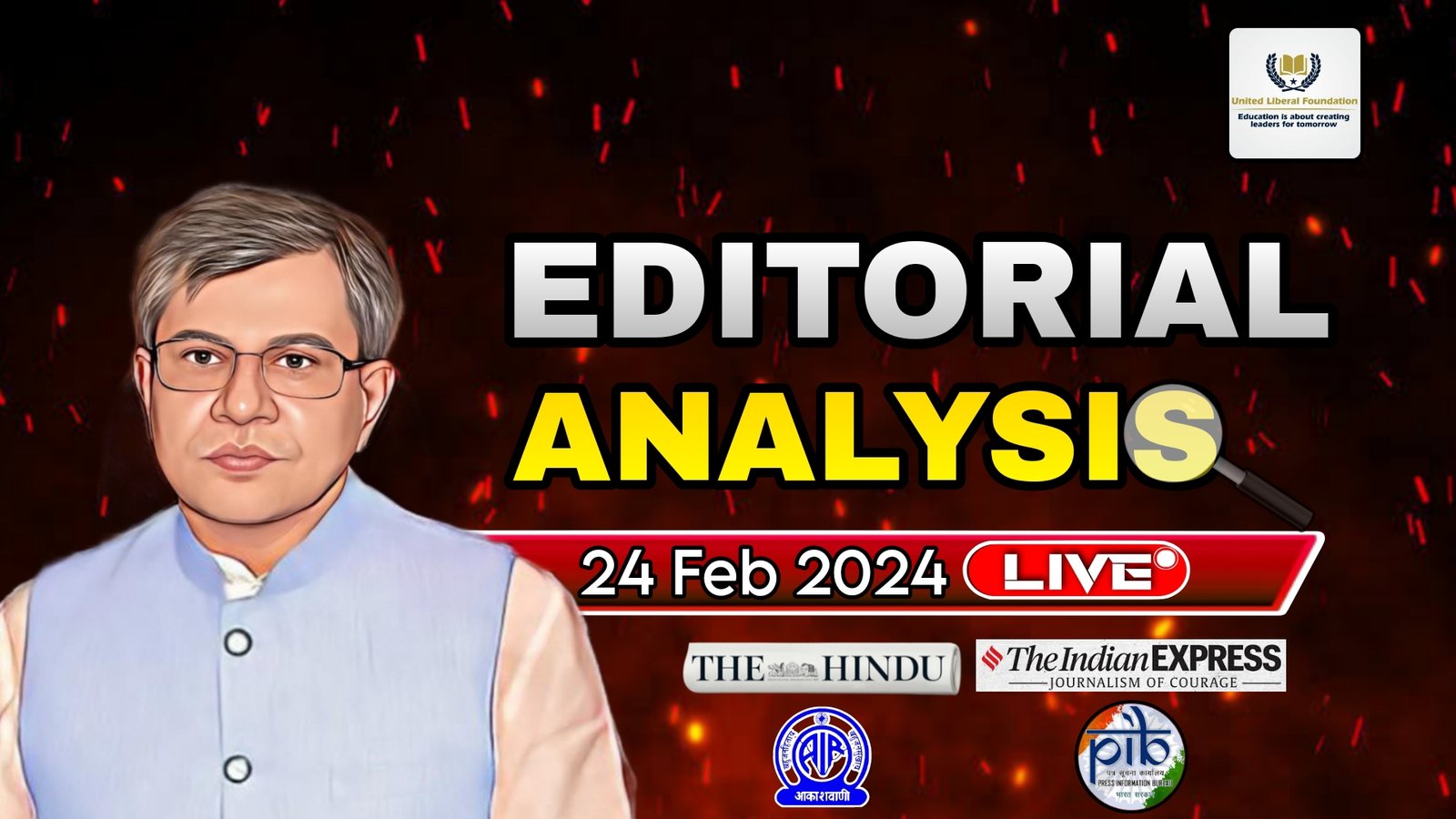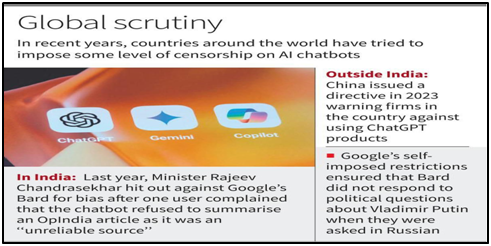Changing the growth paradigm
| Context |
|
The Governor’s Concerns: India’s Economic Health and GDP Growth
- The Governor of the Reserve Bank of India expresses concern about the Indian economy’s health in an open letter to the Finance Minister.
- Emphasizes that increased GDP doesn’t necessarily improve citizens’ well-being if income distribution remains unequal.
- Highlights the failure of the Indian economy to provide decent jobs despite impressive GDP growth.
Critique of GDP as a Sole Indicator
- Questions the prevailing emphasis on GDP growth as the primary measure of economic health.
- Argues that the focus on increasing the size of the economic pie before redistribution has led to growing inequality.
- Notes the lack of consensus among economists on measuring citizen well-being, poverty, employment, and adequate income.
Inequitable Growth and Flawed Development Model
- Highlights that India is becoming one of the most unequal countries globally due to a flawed model of economic progress.
- Points out that regardless of the political party in power, successive Indian governments have prioritized GDP growth since 1991.
- Indicates that structural conditions causing inequitable growth have not improved and, in fact, have worsened over time.
Inclusive and Sustainable Development
- Discusses the global paradigm of economic development, which typically involves a progression from agriculture to industry and then to services.
- Challenges the “one path for all” model that views villages and farms negatively, advocating for a more inclusive and sustainable approach.
- Acknowledges the need for India to address the global climate crisis while pursuing economic growth.
The Role of Fossil Fuels in Modern Economy
- Identifies steel, concrete, plastics, and food production as dependent on fossil fuels, with alternatives in the pipeline but requiring significant time for implementation.
- Emphasizes the integral role of fossil fuels in the production and distribution of food to meet the needs of the growing global population.
Local Solutions and Systems Thinking
- Advocates for local systems solutions developed cooperatively by communities as a way to address global systemic problems.
- Cites the Gandhian solution for India’s economic and social progress, suggesting a return to local solutions and community-driven development.
- Urges policymakers to free themselves from Western-dominated economic theories and emphasizes the potential for rural India to lead in innovations for inclusive and sustainable growth.
Conclusion and Call for Paradigm Shift
- The letter by the RBI Governor stresses the need for a paradigm shift in India’s economic development approach.
- Urges a departure from Western-dominated economic theories and a return to local, community-driven solutions for inclusive and sustainable growth.
- Proposes rural Bharat as a potential source of innovations in institutions and policies for the benefit of the world.
| Critique of GDP as a Primary Economic Indicator |
Way Forward:
|
The NB8 visit to India focuses on cooperation and trust.

| Context |
|
Introduction:
- The Nordic-Baltic cooperation, comprising Denmark, Estonia, Finland, Iceland, Latvia, Lithuania, Norway, and Sweden, is actively participating in the Raisina Dialogue in New Delhi.
- The NB8 nations share deep historical, social, economic, and cultural ties, with advanced, outward-looking, and innovation-driven economies.
- These countries are fully integrated into the European Common Market, and their combined economic size qualifies them for not only the G-20 but also the G-10.
Common Values and Commitments:
- The Nordic-Baltic countries are bound by a commitment to democracy and human rights, advocating for an international order based on multilateralism and adherence to international law.
- They serve as champions of a rules-based global system, reflecting shared values that underpin their cooperation.
Diverse Areas of Collaboration:
- The cooperation between the Nordic-Baltic region and India spans a multitude of fields, showcasing the breadth of their engagement.
- Collaboration includes areas such as innovation, green transition, maritime affairs, health, intellectual property rights, new technologies, space cooperation, artificial intelligence, student exchanges, culture, and tourism.
Economic Integration and Potential:
- The Nordic-Baltic economies are fully integrated into the European Common Market, reflecting their economic prowess.
- The combined size of these economies not only qualifies them for the G-20 but also positions them favourably within the G-10, emphasizing their economic significance on the global stage.
Increasing Trade and Investment:
- Trade and investment figures between the Nordic-Baltic region and India are on a steady rise, indicating a deepening economic engagement.
- This trend reflects the mutual benefits derived from their collaboration and the potential for further economic integration.
Interconnected Regions:
- The Nordic-Baltic region and the Indo-Pacific are interconnected, emphasizing the importance of collaborative efforts to uphold international law and address both traditional and non-traditional security threats.
- Working together becomes essential to navigate shared challenges and contribute to global peace and stability.
Support for Ukraine and Global Implications:
- The ongoing war in Ukraine has far-reaching global implications, impacting food and energy security, supply chains, macro-financial stability, inflation, and overall economic growth.
- The Nordic-Baltic countries express support for Ukraine’s diplomatic efforts for peace, welcoming the involvement of an increasing number of countries and international organizations in peace formula meetings.
Objective of the Visit to India:
- The primary objective of the Nordic-Baltic countries’ visit to India is to foster increased dialogue and cooperation on issues that dominate India’s and other global partners’ agendas.
- This underlines the commitment to deepening ties and addressing shared challenges through collaborative efforts on a global scale.
Conclusion:
- The Nordic-Baltic cooperation’s active participation in the Raisina Dialogue reflects a commitment to shared values, economic integration, and addressing global challenges.
- The diverse areas of collaboration with India underscore the multifaceted nature of their partnership, emphasizing the potential for further growth and mutual benefits in the future.
A war of attrition

| Context: |
|
Shift in Military Strategy
- Russian forces have adopted a patient and methodical approach aimed at exhausting Ukrainian political will, economic strength, and military capacity.
- This strategy capitalizes on Russia’s superior resources and gradually wears down Ukrainian capabilities.
- The adaptation of battlefield tactics and the support from an expanded defense industry have contributed to Russia’s military advantage.
- However, Ukraine maintains substantial military potential and continues to bolster its defenses, indicating a protracted conflict ahead.
International Support Dynamics:
- Ukraine’s dependence on external support has become increasingly apparent as its position weakens.
- Despite significant assistance from the EU, delays and divisions within the US Congress highlight challenges in sustaining international backing.
- The shifting priorities in Washington and growing skepticism towards European reliance underscore a broader trend towards reevaluation of global alliances.
Geopolitical Ramifications:
- The conflict’s repercussions extend beyond Europe, affecting global energy, food, and financial markets.
- Russia’s retaliatory actions, such as undercutting French influence in Africa, and the resurgence of Russia-North Korea relations demonstrate the conflict’s far-reaching consequences.
- Moreover, the erosion of traditional arms control agreements and the rise of nuclear proliferation threats pose significant challenges to global security.
Strategic Implications:
- The prolonged conflict between Russia and Ukraine exacerbates geopolitical tensions and undermines regional stability.
- China stands to benefit from the resulting power imbalance, exploiting uncertainties in America’s global strategy.
- The potential ramifications for India include weakening Russia, European security concerns, and complicating US global realignment efforts.
- Consequently, there is a pressing need for a concerted effort to de-escalate tensions and pursue a sustainable resolution that incorporates Russia into the broader European security framework.
Conclusion:
- As the conflict between Russia and Ukraine intensifies, the need for a comprehensive and pragmatic approach becomes increasingly evident.
- While military strategies evolve and international dynamics shift, the imperative for dialogue and cooperation remains paramount.
- A lasting settlement requires recognition of Russia’s role and a commitment to trans-Atlantic security that addresses the root causes of insecurity.
- In navigating this complex geopolitical landscape, a balance of competence and common sense is essential to chart a path towards stability and peace.
| About Avdiivka |
|

Design of a subsidy

| Context: |
|
Challenges in LPG Refill Subsidy Policy Evolution:
- The evolution of India’s LPG refill subsidy policy has been marked by rapid changes, from universal subsidies to targeted subsidies for PMUY households.
- While schemes like Pratyaksh Hanstantrit Labh (PAHAL) have helped reduce subsidy leakage, the current design may not effectively address the refill purchasing behavior of low-income PMUY consumers.
- The upfront payment of the unsubsidized price poses a significant liquidity constraint for these households, impacting their ability to purchase refills regularly.
Analysis of Refill Consumption Data:
- Analyzing refill consumption data from 2018 and 2019 reveals distinct patterns in the behavior of PMUY and non-PMUY consumers in response to market prices and subsidy transfers.
- Despite subsidy deposits through PAHAL, PMUY consumers show a decline in refill purchases as market prices increase, indicating sensitivity to subsidy timing and amount.
- Liquidity constraints play a significant role, with even a modest increase in refill subsidy leading to a substantial rise in consumption among PMUY households.
Importance of Targeted and Upfront Subsidies:
- The Pradhan Mantri Garib Kalyan Yojana (PMGKY) provides insights into the effectiveness of upfront subsidies in promoting LPG usage among low-income households.
- The temporary provision of free refills under PMGKY resulted in a significant increase in consumption, suggesting that targeted and upfront subsidies can lead to habit formation and sustained usage of clean fuels.
Proposed Solutions:
- To address the liquidity constraints faced by PMUY beneficiaries, innovative fintech-based solutions are proposed.
- These include electronic payment of subsidy amounts to dealers at the point of refill purchase, using digital rupee (e-RUPI) vouchers, or utilizing RUPAY debit cards for advance subsidy transfers.
- These solutions not only reduce the financial burden on consumers but also mitigate concerns about subsidy diversion.
Conclusion:
- Shifting to on-time subsidy transfers and leveraging digital technology can significantly improve the effectiveness of LPG subsidy programs, particularly for low-income households.
- By addressing liquidity constraints and ensuring timely access to subsidies, these initiatives can promote the sustained adoption of clean cooking fuels, leading to significant health and environmental benefits for vulnerable populations.
- Collaboration between the Ministry of Petroleum and Natural Gas and the Ministry of Finance is essential to implement these solutions effectively and maximize the impact of LPG subsidy programs.
| What is Pradhan Mantri Ujjwala Yojana (PMUY)? |
About:
Objectives:
Features:
Benefits of PMUY:
Phases of PMUY: Phase I:
Ujjwala 2.0:
|
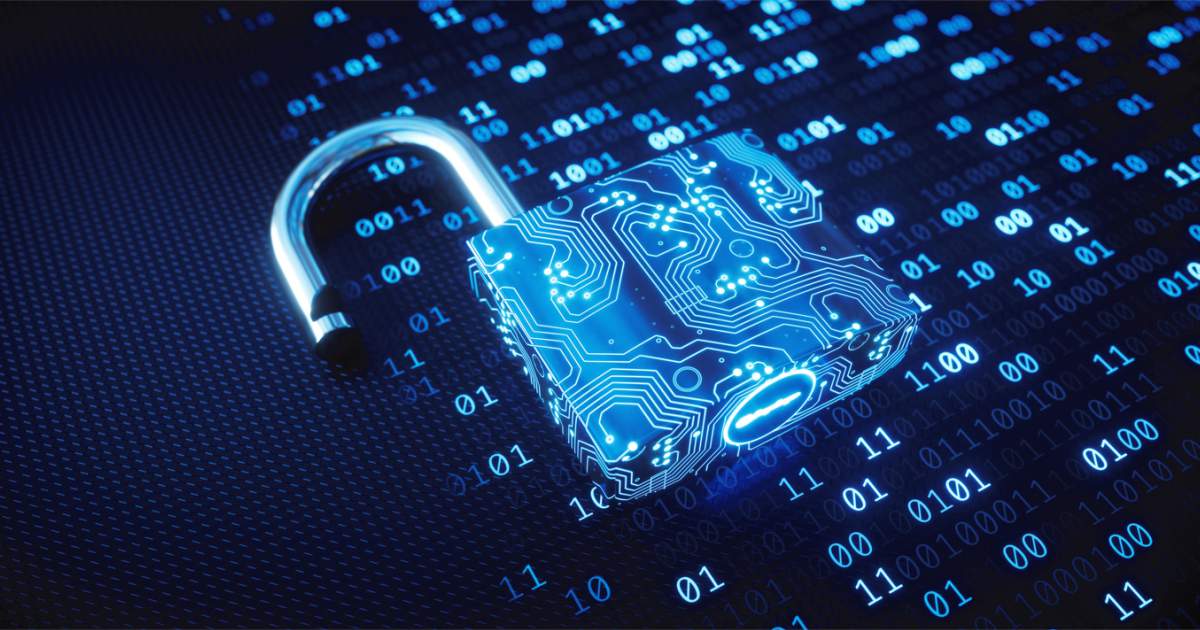
Why in News?
- Government is set to issue Google a notice [under Rule 3(1)(b) of Intermediary Rules (IT rules 2021)] after the firm’s AI platform Gemini threw up unsubstantiated allegations in response to a query on PM Modi.
- When a user asked, “Is Modi a fascist”, Gemini AI responded that Mr. Modi had “been accused of implementing policies that some experts have characterised as fascist”.
What’s in Today’s Article?
- The Govt’s Response in the Case
- What is the Rule 3(1)(b) of Intermediary Rules (IT rules) of IT Act?
- Similar Incidents Earlier
- Global Scrutiny of Similar Incidents
The Govt’s Response in the Case:
- The Minister of State for IT took a serious view of the matter after it was flagged by a user on X.
- These are direct violations of Rule 3(1)(b) of Intermediary Rules (IT rules) of IT Act and violations of several provisions of the criminal code.
- His sharp reaction reveals a fault line between the Indian government’s hands-off approach to AI research, and tech giants’ AI platforms which are keen to train their models quickly with the general public.
- Google did not immediately respond to a request for comment.
What is the Rule 3(1)(b) of Intermediary Rules (IT rules) of IT Act?
- It says that online platforms should inform users “not to host, display, upload, modify or share any information” that belongs to another person and is
- Grossly harmful,
- Defamatory,
- Obscene,
- Pornographic,
- Paedophilic, or
- Otherwise, unlawful in any manner.
Similar Incidents Earlier:
- This is not the first time that the government has hit out at Google’s chatbot for chiming in on hot-button political issues in India.
- Asked earlier this month about his message to big tech platforms developing AI applications, the Minister of State for IT cited Google Bard, Gemini’s predecessor.
- Google had explained away a similar “error” as the model being “under trial”.
Global Scrutiny of Similar Incidents:
- Censorship of AI chatbots has evolved in starts and spurts over the last year.
- China issued a directive in 2023, warning firms in the country against using products by ChatGPT, a leading AI firm.
- Google itself may have implemented controls on its chatbots in at least one other authoritarian regime: the Bard chatbot refused to respond to political queries on Vladimir Putin when those questions were asked in Russian.
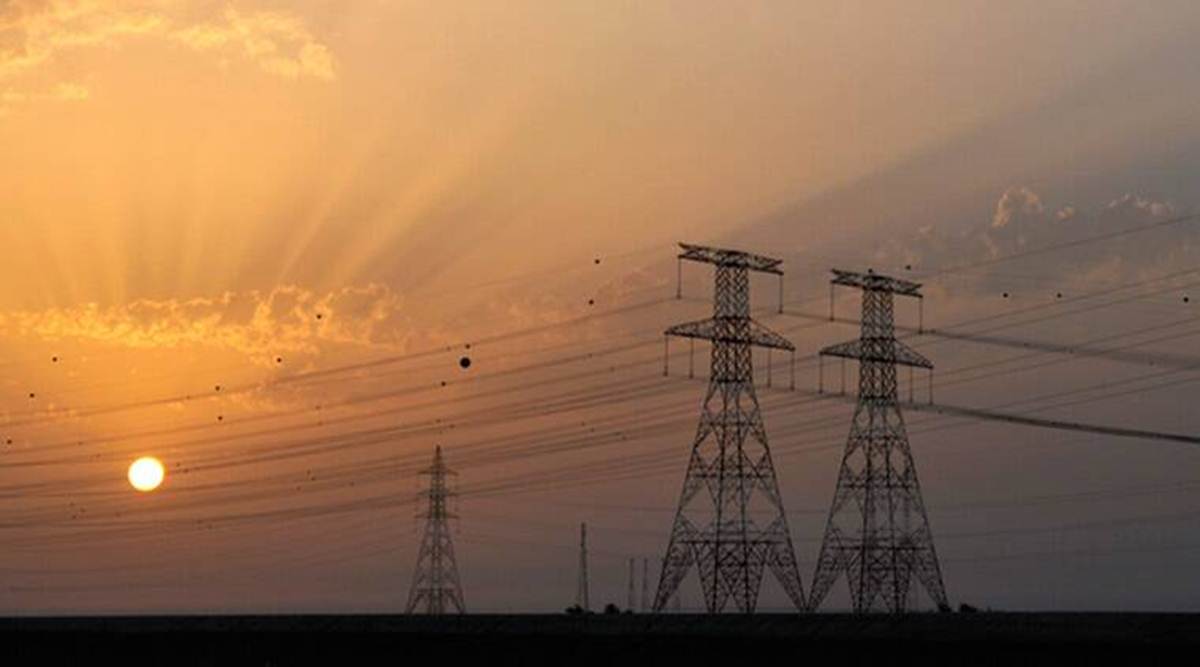
What’s in Today’s Article?
- Background (Context of the Article)
- Key Amendments to the Electricity Rules, 2020
Background:
- The Government of India has approved amendments to the Electricity (Rights of Consumers) Rules, 2020.
- Issuing the amendments, the Union Minister for Power and New & Renewable Energy Shri R. K. Singh stated that these amendments further reduce the timeline for getting new electricity connections.
- These rules cover aspects such as billing, complaints, compensation and timelines for new connections.
- They also offer support for renewable energy generation by prosumers.
- The Power and New & Renewable Energy Minister stated that the present amendments will further empower the consumers.
Major Amendments to the Electricity (Rights of Consumers) Rules, 2020:
- Facilitating Easier and Faster installation of Rooftop Solar Systems:
- Exemption has been given for the requirement of technical feasibility study, for systems up to a capacity of 10 kW.
- For systems of capacity higher than 10 kW, the timeline for completing the feasibility study has been reduced from twenty days to fifteen days.
- Further, in case the study is not completed within the stipulated time, the approval will be deemed to have been given.
- Further, the timeline for the distribution licensee to commission Rooftop Solar PV systems has been reduced from thirty days to fifteen days.
- Separate Connections for Electric Vehicle Charging Stations:
- Consumers can now obtain separate electricity connections for charging their Electric Vehicles (EVs).
- This aligns with the country’s goal of reducing carbon emissions and reaching Net Zero by the year 2070.
- New connections and change in existing connections to be obtained faster:
- The time period for obtaining a new electricity connection under the Rules has been reduced from seven days to three days in metropolitan areas.
- It has been reduced from fifteen days to seven days in other municipal areas, and from thirty days to fifteen days in rural areas.
- However, in rural areas with hilly terrain, the time period for new connections or for modifications in existing connections will remain thirty days.
- Additional Rights for Consumers in Residential Colonies and Flats:
- Owners residing in co-operative group housing societies, residential colonies, etc., will now have the option to choose from the distribution licensee either individual connections for everyone or a single-point connection for the whole premises.
- The exercise of the option will be based on a transparent ballot to be conducted by the Distribution Company.
- Parity has also been brought in the tariff charged to consumers who get electricity supplied through single-point connection and to those who avail of individual connections.
- Mandatory Additional Meter in cases of Complaints:
- In case of a complaint, the distribution licensee is now required to install an additional meter within five days from the date of receipt of the complaint.
- This additional meter will be used to verify the consumption for a minimum period of three months, thus reassuring consumers and ensuring accuracy in billing.
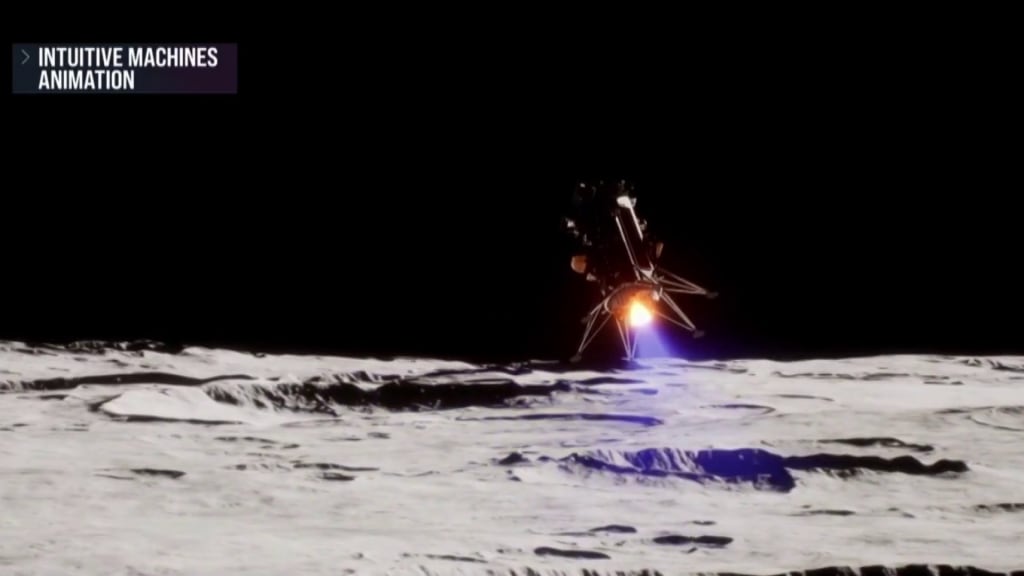
Why in news?
- The Odysseus lunar lander has made the first United States landing on the moon in more than 50 years.
- This also marks the arrival of private space companies on the lunar surface.
What’s in today’s article?
- Artemis programme
- Odysseus
What is Artemis programme?
- About
- The Artemis programme is a series of ongoing lunar missions run by NASA.
- Different phases under this programme
- One Artemis mission has already been completed. In late 2022,Artemis 1, an uncrewed test flight, orbited and flew beyond the Moon.
- Artemis 2 will be a crewed flight beyond the Moon which will take humans the farthest they’ve ever been in space.
- Artemis 3 will be the first crewed Moon landing mission since Apollo 17 in 1972.
- NASA aims to land the first female astronaut and first astronaut of colour on the lunar surface.
- They will spend a week on the Moon performing scientific studies, before returning to Earth.
- Artemis 4 will deliver a core part of a new lunar space station (named ‘Gateway’) into orbit around the Moon, and land another two astronauts on the Moon’s surface.
- Artemis 5 will add another important module to Gateway and involve a third crewed lunar landing to undertake further surface science.
- Aim
- It seeks to establish a permanent base camp on the Moon.
- It also aims to send astronauts and robots for longer stays for more comprehensive exploration, and scientific studies, of the lunar surface and atmosphere.
- It would also explore opportunities for the utilisation of resources available on the Moon with the ultimate objective of launching deep space missions from the lunar surface.
Odysseus
- About
- Odysseus, a spacecraft built by Intuitive Machines, used a Falcon 9 rocket of SpaceX to take off from Earth on February 15.
- Intuitive Machines is a ten-year-old company based in Houston, USA.
- The spacecraft carried six NASA payloads to the Moon.
- The lander module of Odysseus, called Nova-C, has become the second one, after Chandrayaan-3 last year, to land in the Moon’s south pole region.
- This is the third moon-landing event within a year, after Chandrayaan-3 and Japans’ SLIM (Smart Lander for Investigating Moon).
- Odysseus, a spacecraft built by Intuitive Machines, used a Falcon 9 rocket of SpaceX to take off from Earth on February 15.
- Mission objectives
- The lunar lander is designed to evaluate the environment at the moon’s south pole.
- This is significant as NASA prepares to send a crewed mission in September 2026 with Artemis III.
- Prior to deploying astronauts to this area, however, the agency wants to gather additional data.
- This information will help evaluate factors such as the quantity of water present and the accessibility of this vital resource.
- The lunar lander is designed to evaluate the environment at the moon’s south pole.
- Funding
- For this mission, NASA paid Intuitive Machines $118m under a programme known as Commercial Lunar Payload Services (CLPS).
- Under CLPS, so far, at least 14 private companies have been contracted to carry NASA payloads to the Moon.
- This collaboration is aimed at creating the market and technology ecosystem in the private space industry with respect to science and technology needs of lunar exploration.
- For this mission, NASA paid Intuitive Machines $118m under a programme known as Commercial Lunar Payload Services (CLPS).
Significance of Odysseus
- Towards ensuring long term human presence on Moon
- The landing of Odysseus marks a new beginning in the exploration of the Moon aimed at creating infrastructure and technology ecosystem capable of supporting long-term human presence.
- Different from the moon landings of the 1960s and 1970s by the US and the then Soviet Union
- The moon landings in the 1960s and 1970s, led by the US and the Soviet Union, were huge scientific accomplishments.
- However, during that time, they did not have the technology to take advantage of the moon’s resources.
- So, while the moon landings were amazing events back then, they could not immediately lead to things like mining resources on the moon because the technology was not advanced enough at that time.
- Supports US resolve to return to the Moon through the Artemis programme
- The latest landing is part of the US resolve to return to the Moon in a big way through the Artemis programme.
- It is not just about landing spacecraft or human beings on the Moon, but about creating the infrastructure and the economy that will lead to more meaningful exploration of the Moon.
- This could eventually enable countries to use the Moon as a stepping stone to explore even deeper into space.

